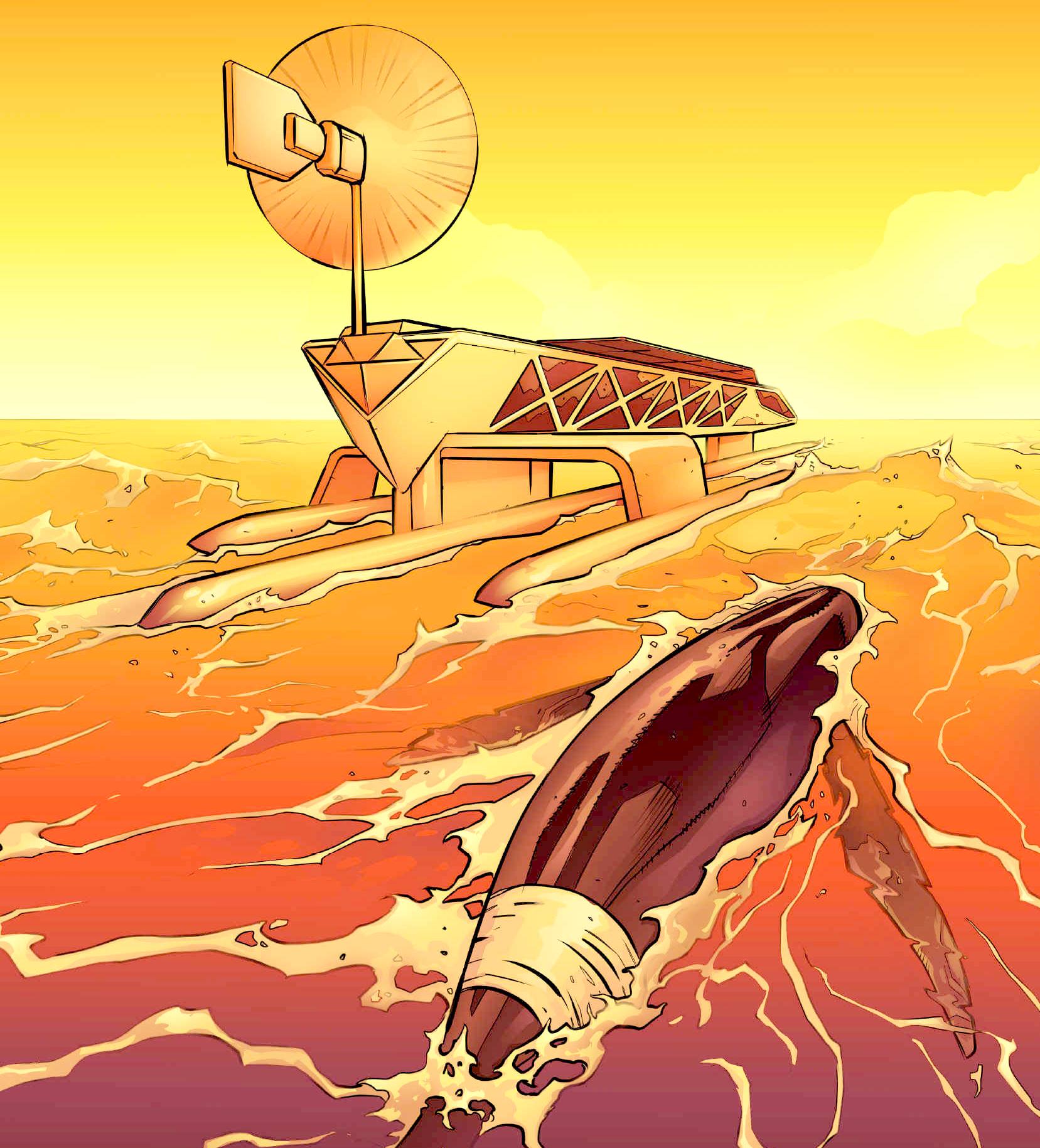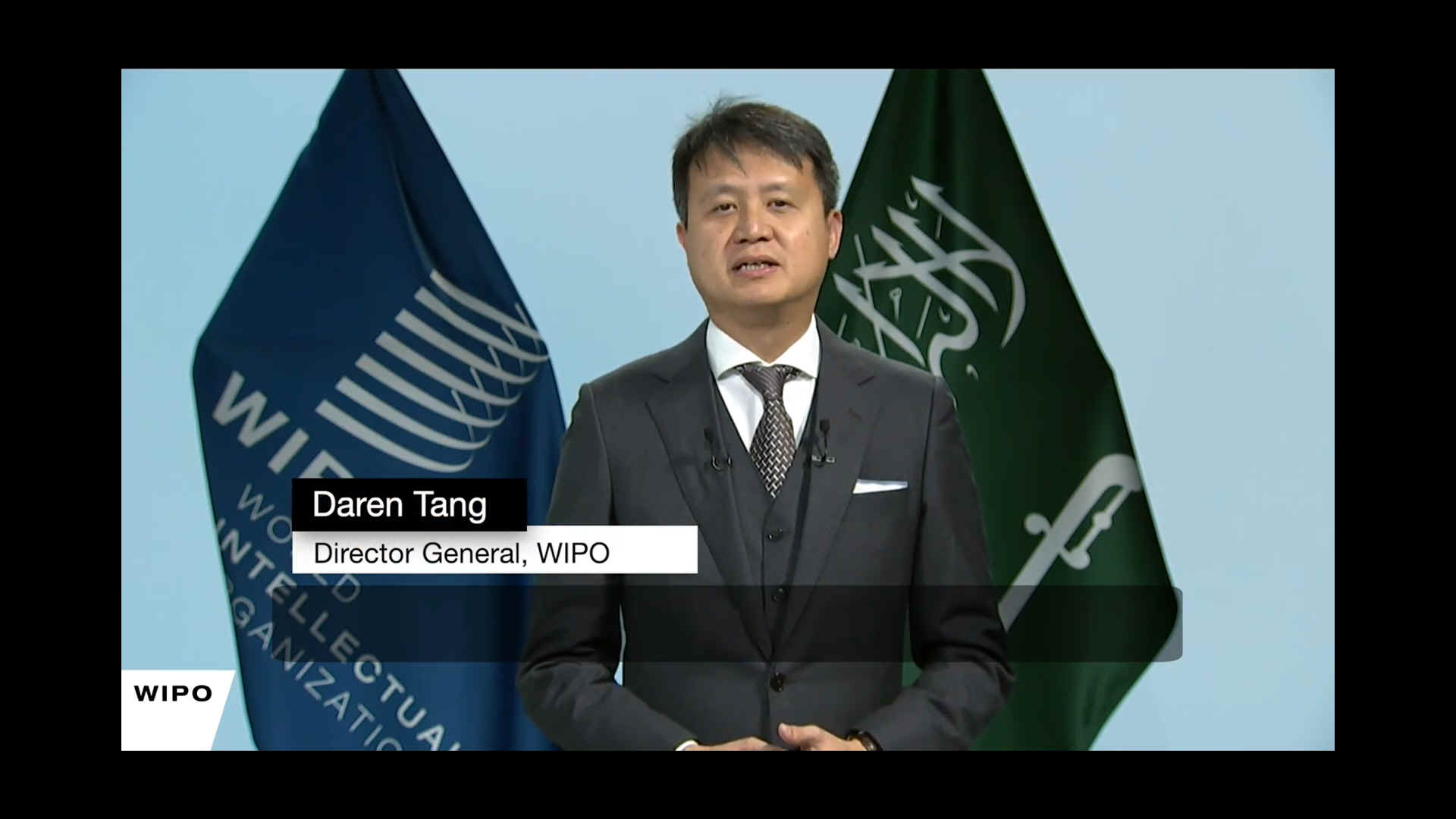|
WIPO & CLIMATE PATENTS
Please use our A-Z INDEX to navigate this site
|
|
The Elizabeth Swann is a very fast ZEWT with a proprietary drive system to whet the appetite of industrialists looking for cheap fuel for shipping, where the IMO's targets have started a technology war between big energy companies and anyone who threatens the monopoly of the oil and natural gas giants.
The 'Elizabeth Swann' is a hydrogen vessel that cannot be operated effectively because there are no hydrogen facilities in ports around the world. Equally, the IMO, has not yet introduced regulations for hydrogen, fuel cell vessel design and construction, not thinking far enough ahead, where they and the fleet operators they look after were comfortable with diesel bunker fuels, that comfort being the enemy of progress.
SmartNet™ is a load levelling service station for hydrogen trucks, cars, taxis and battery EVs, that may be modified for ports, designed to reduce global warming, that may not proceed, where the inventor(s) cannot afford patent protection under current legislation.
The identified problem is that policies are not in keeping with the need to incentivise low carbon technology invented by entrepreneurs of limited means.
This problem might be solved by the State, as the individual countries who are signatories to Patent Conventions, adopting a supportive mechanism whereby inventions may be applied for without the usual application fees and renewals, but with a Buy Now, Pay Later scheme (Apply/Grant now, Pay when Commercialised).
Engineers and think tanks, who might be the source of ideas that could blossom into zero carbon technology, do not get a look in, because of the exorbitant application fees, that are multiplied by the number of countries of cover.
Whereas patents only have very short shelf life of 20 years. Hence, do not represent a sound investment, where competing concerns, such as the fossil fuel contingent, will seek to prevent new technology that devalues oil and gas, from seeing the light of day. Running patentees into the buffers. Meaning bankruptcy for those foolish enough to take on the establishment. What kind of reward is that from society?
EQUALITY FOR CHAMPIONS
The would be champions of climate cooling technology, faced with financial ruin, should they even contemplate pushing green technology against such odds, simply turn their attentions to something less debilitating. And who can blame them. But we need to encourage champions. We need to give them a route with light at the end of the tunnel.
It's easy to be a technology champion, when you already have sales and an R&D budget. Not so easy fresh out of university, with no income, but the heart to give it a go. We are talking about equal rights for inventors.
THE PROPOSAL
We need to change the patent system to promote innovation and time invested in development. Where time is money.
How?
1. We could extend the life of patents to 50 years. Since it could take that long for some technology to come to fruition - and it may well represent the entire working life of an innovator.
2. Green patents should attract fees in the normal way if they are from companies with profits from sales. But the same patent from an individual of limited means, should be accepted and processed free of charges - by way of an exemption. This would have to be means tested, with other checks to prevent fraudulent applications from suspect entities.
3. Patents would remain in force, with no fees payable, until licensing generates fees. At which point the application and renewal fees would be repaid. Not unlike the student loan system in the UK, that allows people to gain knowledge, and pay later.
EXAMPLE
The SmartNet™ system is an ideal candidate for exemption, because the Foundation developing it is a not for profit organization, that would like to champion the system, but has no legal muscle, to back up their know-how, Hence, the development of the system falls at the first hurdle. Further time invested would thus be a waste, where there are other climate problems to look at.
But, armed with a (green) patent, the champion has something to promote. Anyone partnering to develop the technology, has protection, to enable them to invest with confidence. As and when the system goes into production, the Countries, who effectively sponsored or invested in the development of the technology, are repaid.
Not only do the fees come back, but the world benefits in real terms with a potential solution to climate pollution.
CLIMATE
CHANGE and INTELLECTUAL PROPERTY
"Addressing
climate change is dependent on economic growth that works with, rather
than against the environment. Innovative green technology solutions can
help by allowing us to do more with less – be it alternative energy
production, energy saving, or greener forms of transportation,
agriculture and forestry.
The
WIPO claim that their Global Challenges program works with multiple
stakeholders to address these challenges, with a particular focus on:
- Contributing IP expertise to UN and other public policy fora where IP and innovation are discussed in relation to climate change.
But that does nothing to address the underlying inequality of the patent system - and many regard this as window dressing. Paying lip service to the concept of adapting policies to combat climate change.
DIRECTOR GENERAL
The Director General of the World Intellectual Property Organization is Daren Tang. WIPO is a self-funding agency of the United Nations, with 193 member states.
CONTACT WIPO
Headquarters
LINKS & REFERENCE
The Patent System and Climate Change - JOSHUA D. SARNOFF - Virginia Journal of Law & Technology https://www.wipo.int/policy/en/climate_change/ https://www.jstor.org/stable/44633536 https://www.jstor.org/stable/44633536 https://www.wipo.int/policy/en/climate_change/
Please use our A-Z INDEX to navigate this site
|
|
|
This website is Copyright © 2023 Cleaner Ocean Foundation Ltd and Jameson Hunter Ltd. Kulo Luna™ is a registered trade mark.
|

